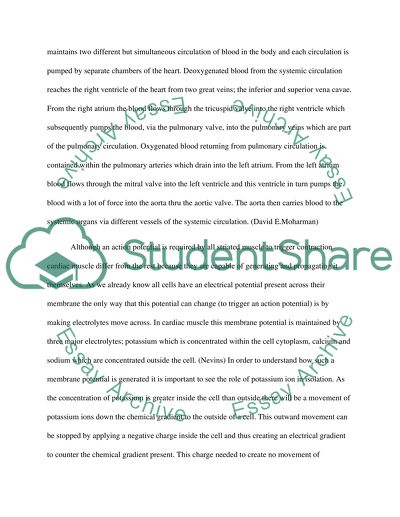Cite this document
(“Potasium regulation of the Heart and cardiovascular system Term Paper”, n.d.)
Potasium regulation of the Heart and cardiovascular system Term Paper. Retrieved from https://studentshare.org/health-sciences-medicine/1585418-potasium-regulation-of-the-heart-and-cardiovascular-system
Potasium regulation of the Heart and cardiovascular system Term Paper. Retrieved from https://studentshare.org/health-sciences-medicine/1585418-potasium-regulation-of-the-heart-and-cardiovascular-system
(Potasium Regulation of the Heart and Cardiovascular System Term Paper)
Potasium Regulation of the Heart and Cardiovascular System Term Paper. https://studentshare.org/health-sciences-medicine/1585418-potasium-regulation-of-the-heart-and-cardiovascular-system.
Potasium Regulation of the Heart and Cardiovascular System Term Paper. https://studentshare.org/health-sciences-medicine/1585418-potasium-regulation-of-the-heart-and-cardiovascular-system.
“Potasium Regulation of the Heart and Cardiovascular System Term Paper”, n.d. https://studentshare.org/health-sciences-medicine/1585418-potasium-regulation-of-the-heart-and-cardiovascular-system.


